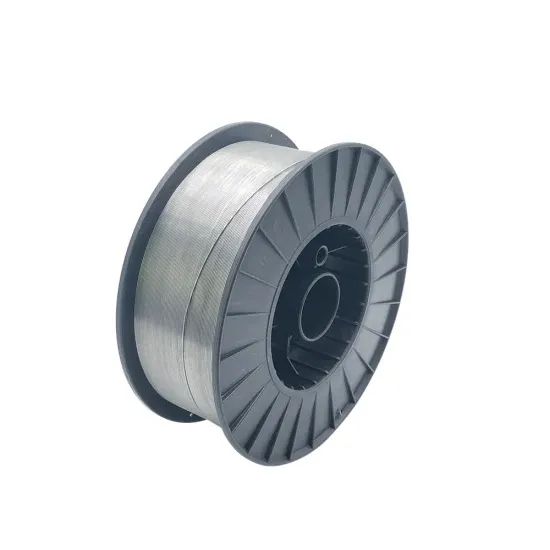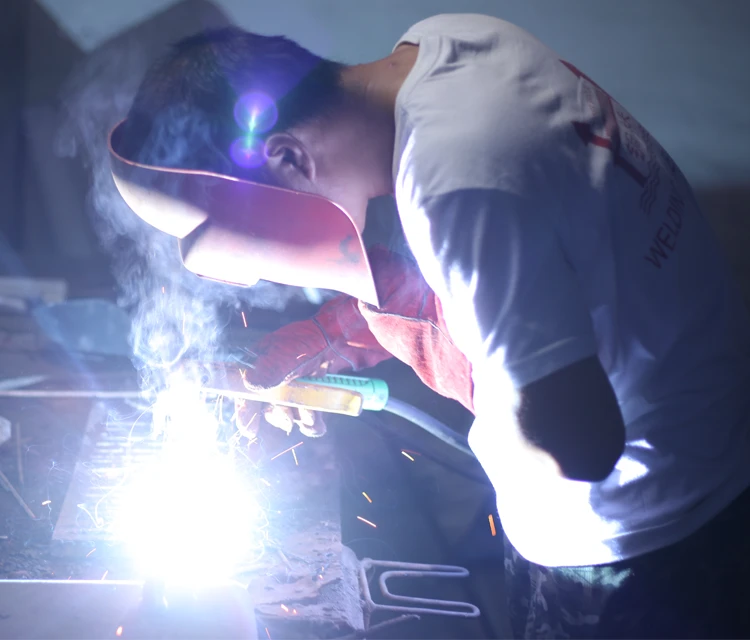Cast Iron to Carbon Steel Welding Electrodes High-Strength Bonds
Jun . 01, 2025 09:12

(cast iron to carbon steel welding electrode)
Overcoming Challenges with Cast Iron to Carbon Steel Welding Electrodes
Joining dissimilar metals presents unique challenges requiring specialized solutions. This overview examines practical approaches for selecting electrodes:
- Market impact and industrial significance of dissimilar metal joining
- Technical specifications and metallurgical properties of specialized electrodes
- Comparative analysis of leading commercial electrode solutions
- Custom formulation strategies for extreme applications
- Industry-specific case studies and operational parameters
- Preventative measures against common welding defects
- Future developments in dissimilar metal joining technology
Industrial Significance and Market Demand
The repair and fabrication market for cast iron-carbon steel components exceeds $800 million annually. Equipment failures from thermal stress mismatches cause an estimated 14,000 hours of unplanned downtime yearly across manufacturing sectors. Demand for specialized electrodes has grown 7.2% annually since 2020, reflecting increased adoption in pump housing repairs, gearbox reconditioning, and structural reinforcements. Successful welding of these dissimilar metals requires compensating for carbon migration issues, coefficient of thermal expansion differences (11.8 µm/m°C for cast iron vs 12.1 µm/m°C for mild steel), and graphitization hazards.
Technical Properties and Metallurgical Requirements
Dissimilar metal welding electrodes incorporate nickel-iron matrices that permit controlled carbon diffusion. Standard ESt grades contain 53-55% nickel content to create austenitic buffer zones, maintaining 290-320 MPa tensile strength in fusion zones. Copper-coated variants reduce surface oxidation during storage while enhancing electrical conductivity. Premium formulations feature rare earth elements like cerium oxide that refine weld metal grain structure, reducing hot cracking susceptibility by up to 68% according to recent ASM International studies. Critical preheating temperatures range between 95-150°C depending on section thickness, with interpass temperatures strictly maintained below 200°C to prevent martensite formation.
Commercial Solution Comparison
| Manufacturer | Product Code | Tensile Strength (MPa) | Penetration Profile | Operating Current (DC) | Positional Capability |
|---|---|---|---|---|---|
| Lincoln Electric | Ferroweld® 55 | 480 | Shallow | 90-140A | All-position |
| ESAB | OK 92.18 | 520 | Medium | 85-135A | Flat/Horizontal |
| Bohler | Fox Evo 85 | 550 | Deep | 110-160A | All-position |
The Ferroweld® series demonstrates exceptional machinability (82% similarity to base metal hardness) while Bohler's solution prioritizes crack resistance in high-vibration applications. All commercial solutions require strict moisture control below 0.3% hydrogen content.
Application-Specific Formulation Design
Heavy equipment manufacturers now specify custom electrodes incorporating 1.5-2.5% molybdenum when joining engine blocks to forged steel mounts. This addition elevates service temperature thresholds to 425°C while maintaining impact toughness of 34J at -20°C. For marine components, electrode coatings include corrosion inhibitors like zinc phosphate that reduce saltwater deterioration rates by 41%. Recent breakthroughs include low-fume formulations with titanium dioxide replacements that reduce airborne particulates by 63% without compromising arc stability between 20-32 volts.
Field Implementation Case Studies
A mining operation achieved 18 months of uninterrupted service after repairing cracked differential housings using 3.2mm ESt electrodes with programmed pulsed current between 82-108A. The repair protocol incorporated U-groove preparation with 45° bevel angles and four-pass technique with 18-minute interpass cooling intervals. Separately, a pump manufacturer eliminated cavitation erosion in mixed-metal impellers by implementing stringer bead patterns with controlled dilution rates under 28%. Post-weld heat treatment at 565°C for 90 minutes followed by furnace cooling at 55°C/hour proved critical for preventing hydrogen-induced cracking in sections exceeding 38mm thickness.
Procedural Best Practices and Maintenance Protocols
Joint preparation accounts for 72% of dissimilar weld failures according to AWS research. Machined surfaces with 3.2µm Ra roughness optimize fusion characteristics while removing graphite-rich surface layers. Backstep welding sequences at 145mm maximum run lengths effectively manage thermal stresses. Post-weld peening using pneumatic tools with 3mm radius tips must achieve 15-25% compressive surface deformation. Storage protocols require maintaining welding electrodes in 80-110°C holding ovens with moisture-controlled environments below 30% relative humidity. Electrodes exposed beyond 4 hours require rebaking at 260°C for 60 minutes before usage.
Advancements in Cast Iron to Carbon Steel Welding Technology
Nanocomposite coatings entering testing phases demonstrate potential to reduce thermal mismatch by 17% through engineered diffusion barriers. Recent developments in flux-cored wires reduce the welding electrode diameter threshold to 1.6mm for intricate repairs while maintaining 88% deposition efficiency. Industry transitions toward nickel-ferrochrome alloy systems show promise for extending joint service life beyond 100,000 operating cycles in rotating equipment. As material science progresses, welding electrodes for cast iron to carbon steel applications continue evolving with greater control over carbon migration phenomena and improved metallurgical compatibility across industrial sectors.

(cast iron to carbon steel welding electrode)
FAQS on cast iron to carbon steel welding electrode
Q: What electrode is best for welding cast iron to carbon steel?
A: Use a nickel-based electrode like ENiFe-CI or ENi-CI for cast iron to carbon steel. Preheat both materials to 300-600°F to reduce cracking. Post-weld slow cooling is critical to minimize stress.
Q: Can I use cast iron to cast iron electrodes for carbon steel?
A: No, cast iron-specific electrodes (e.g., ESt) are optimized for high carbon content. For mixed joints, use nickel-based rods. Mismatched electrodes may cause brittleness in carbon steel.
Q: What welding process suits cast iron to mild steel?
A: Shielded Metal Arc Welding (SMAW) with ENiFe-CI electrodes is preferred. Keep interpass temperatures below 400°F for mild steel compatibility. Peening after welding helps relieve residual stresses.
Q: Is preheating necessary for cast iron-carbon steel welding?
A: Yes, preheat to 300-600°F depending on part size. Uneven thermal expansion requires gradual heating. Skip preheating only for very small repairs using specialized electrodes.
Q: Which electrode prevents cracks in cast iron-mild steel joints?
A: Low-hydrogen E7018 electrodes work for small repairs with proper preheat. For critical joints, nickel-iron (ENiFe-CI) electrodes provide better ductility. Always use short weld beads to limit heat input.
Related Video




























